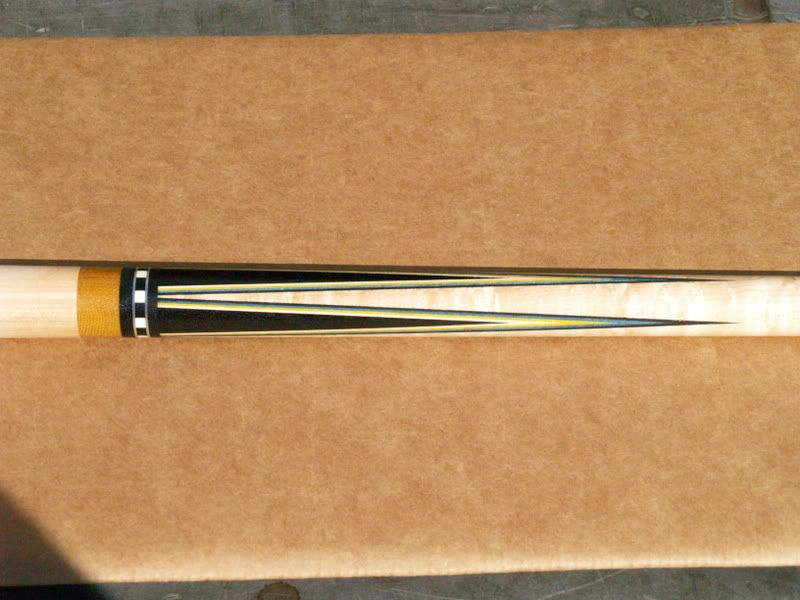A while back there was a thread about A joint construction. There was a lot of conversation about 3"-4" tenons. Are there any drawbacks to something like a 1/4" tenon? The reason I ask is of the few test A joints I have done, the ones with the longest tenon seemed the weakest. I would build a few and bend them until they break. The longer tenons always split the side wall of the bored handle fairly easily. I would not suggest using a 1/4" tenon without the mechanical bond of a screw but it might be another way to look at the a joint instead of these long tenons. I think I am going to build some this way and can't really think of any drawbacks, but looking for input.
Thanks,
Eric
Thanks,
Eric
